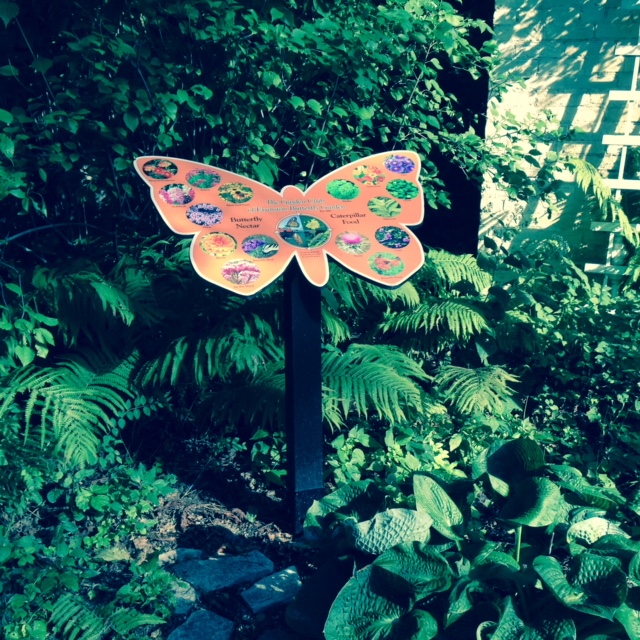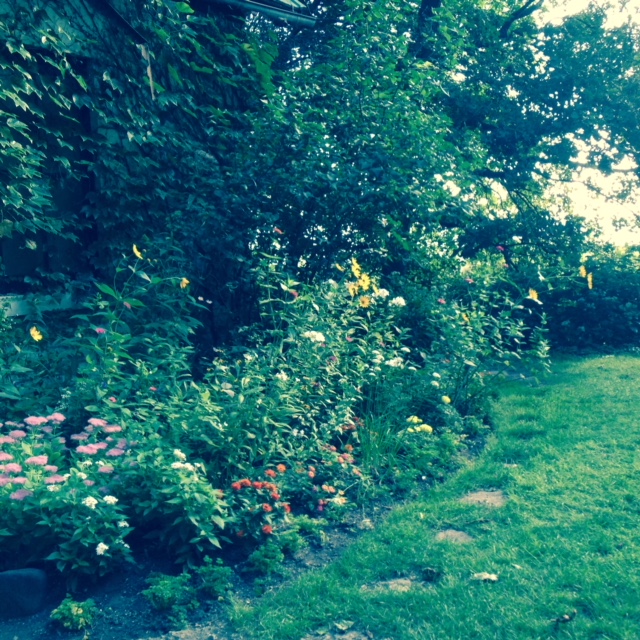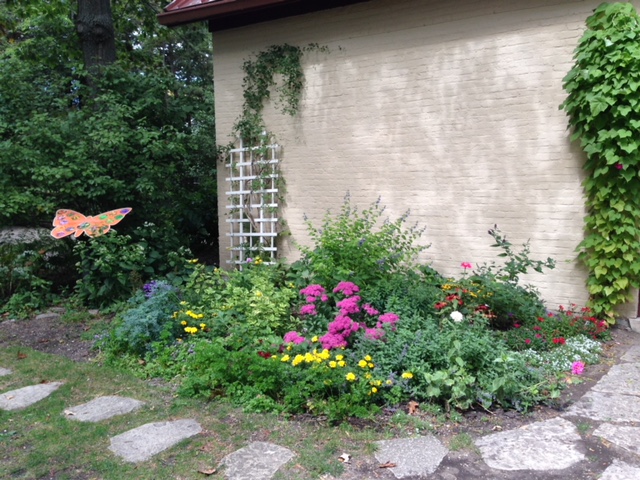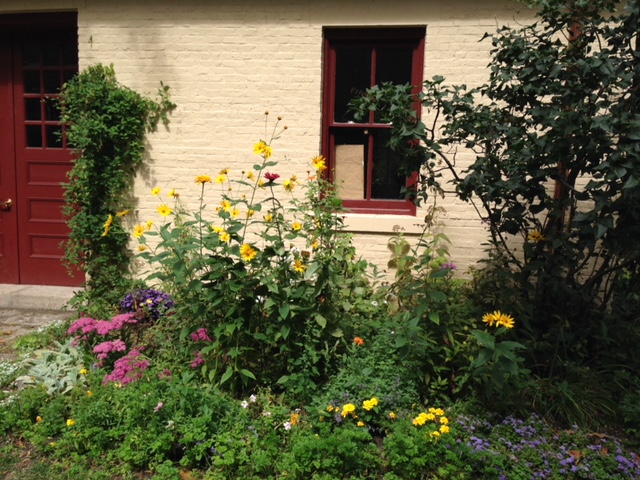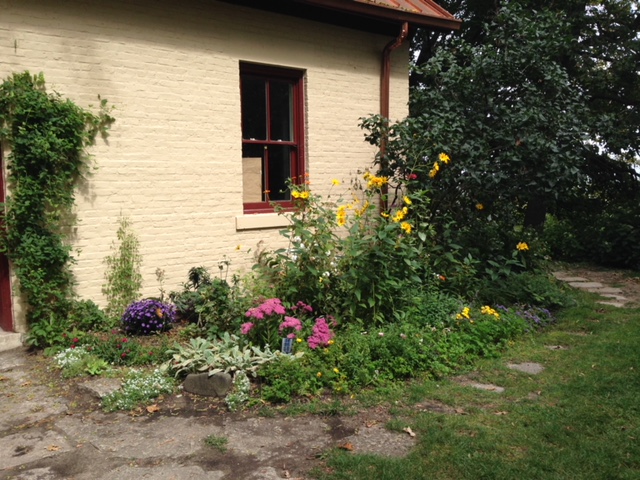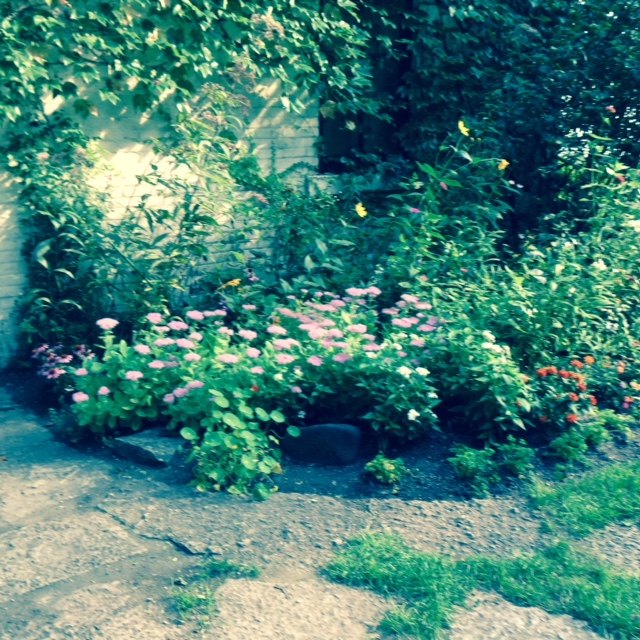BUTTERFLY GARDEN
{Planted 1995}
The Evanston Butterfly Garden began as a club Conservation Project in 1995 after our Club’s visit to the Ryerson Woods Forest Preserve, where the Club heard a fascinating young nature leader give a wonderful slide presentation on “The Life of a Butterfly”, followed by a walk to the Forest Preserve Butterfly Garden. It was a beautiful October day and the garden, which had been touched by frost, was lying fallow. She described all the native plants and perennials that were planted to best attract butterflies.
The members were so impressed that at the end of the tour they discussed having a Club Butterfly Garden as a project of the Conservation Committee. Later a site was found near the club’s Wildflower Garden, located at the historic Grosse Pointe Lighthouse Landing Park in northeastern Evanston. The Committee prepared the land and planted the flowers, starting some from seed.
The results have been quite magical! People walk to the Lighthouse and the restored Keeper’s House through the densely shaded Wildflower Garden. They then come upon a sunny spot in front of the lighthouse’s old Fog Horn House where the Butterfly Garden is planted. Just east of this garden are dunes filled with wildflowers, the beach, and Lake Michigan. It is truly a breathtaking site!
The Evanston Ecology Center is using the Butterfly Garden for its Land Stewardship Summer Camp to teach children about butterflies, their habitat, and life cycles. The Committee has placed an instructive sign that pictorially shows the life cycle of the butterfly and the plants which sustain it.
The Board of Gardeners and Club members have enthusiastically supported this project since its inception.
The Garden Club of Evanston has completed the designation of Butterfly Garden as a Certified Wildlife Habitat with The National Wildlife Federation, through its Garden for Wildlife program. (Every Certified Wildlife Habitat (1) provides four basic elements all living creatures (such as birds, butterflies and bees) require: food, water, cover and places to raise young, and (2) is maintained in a sustainable way that incorporates native plants, conserves water and reduces or eliminates the use of pesticides

